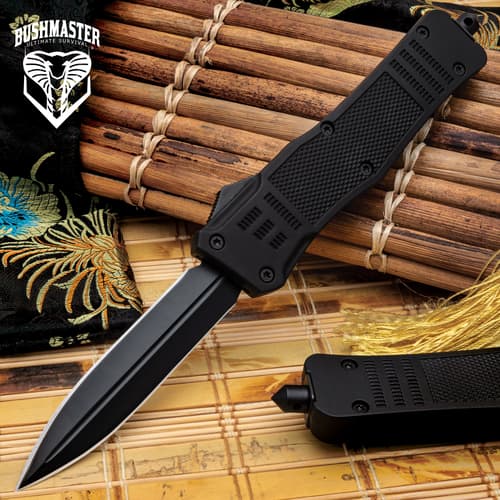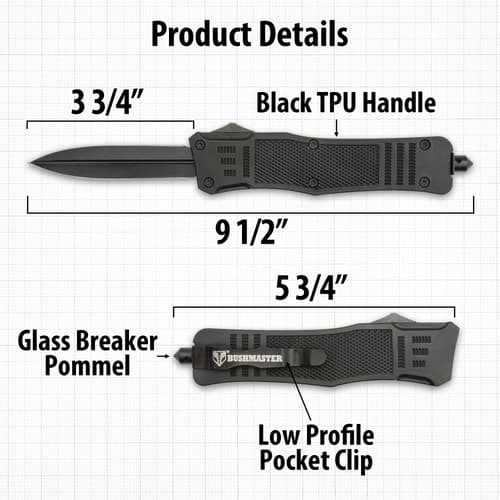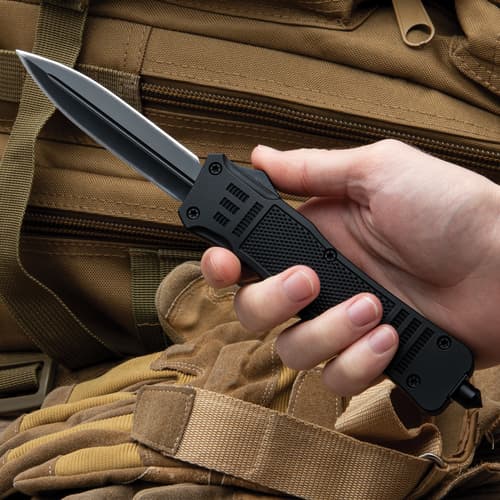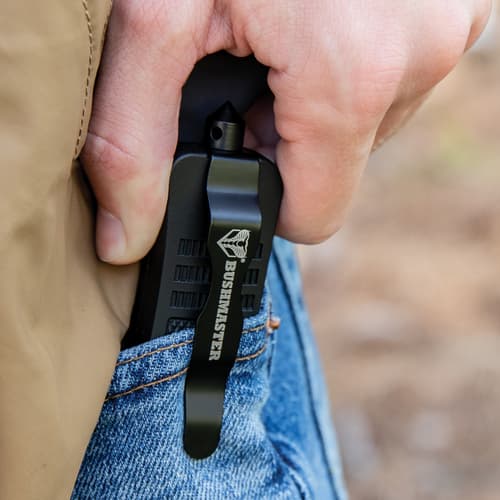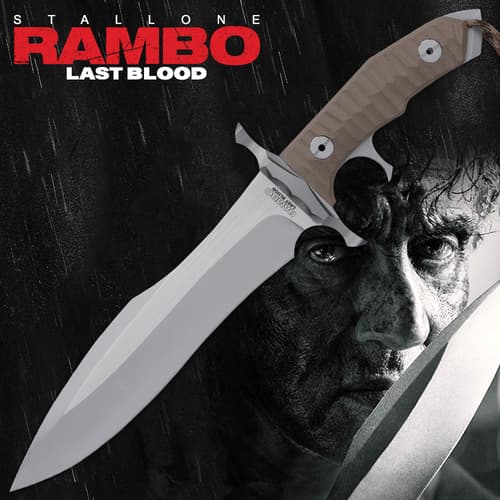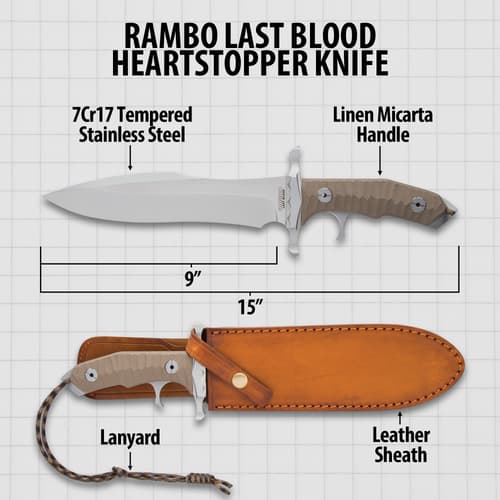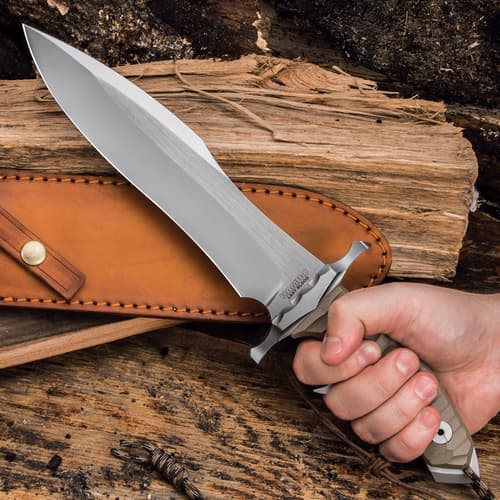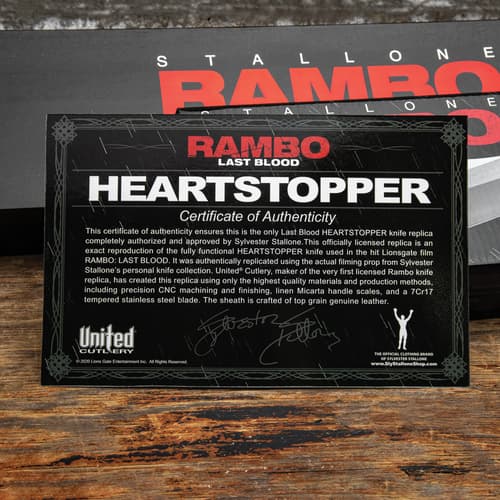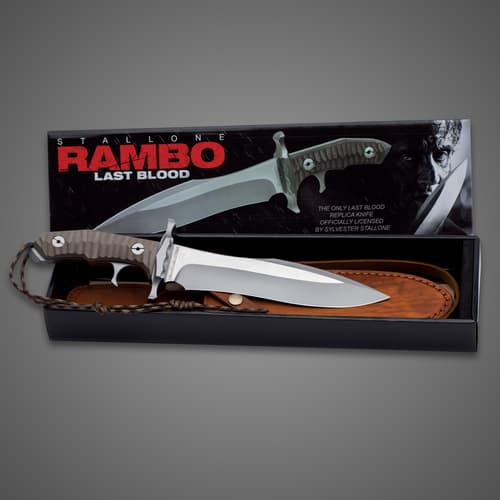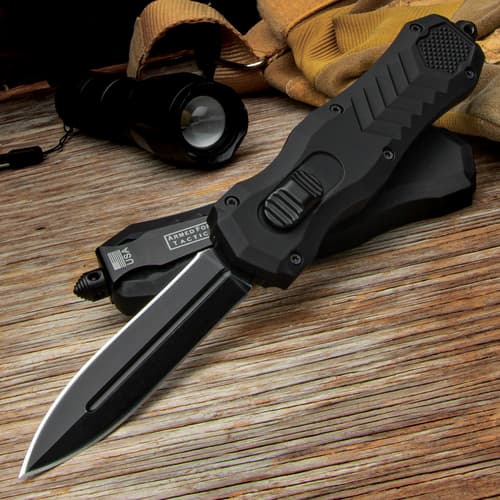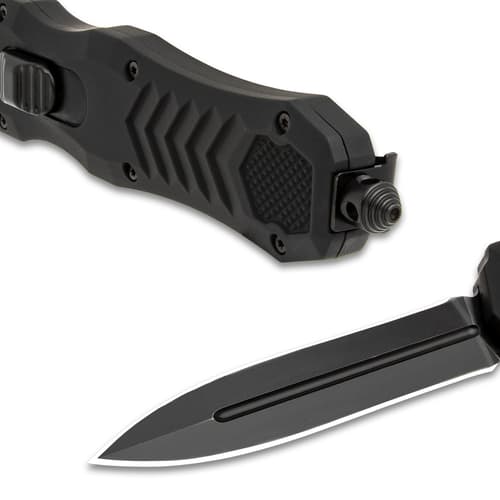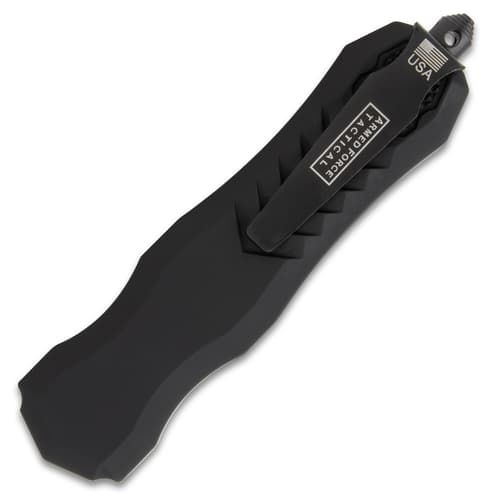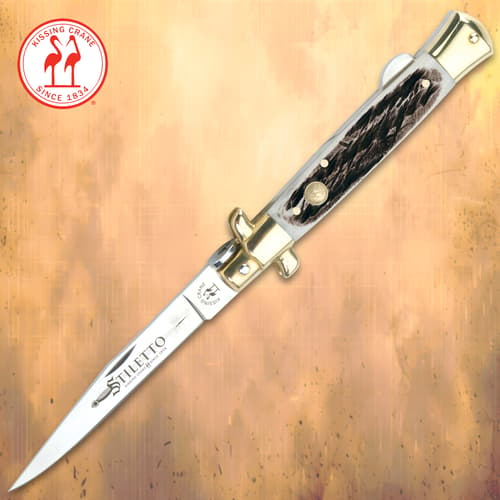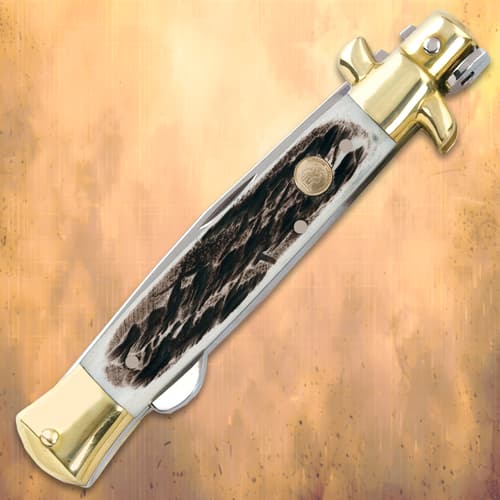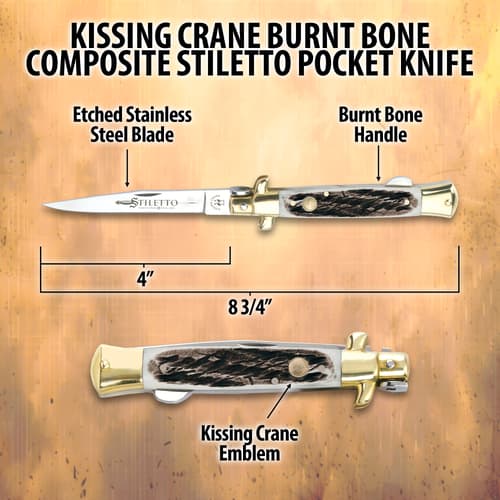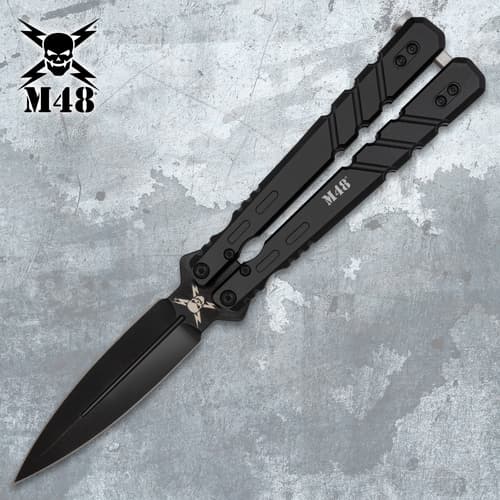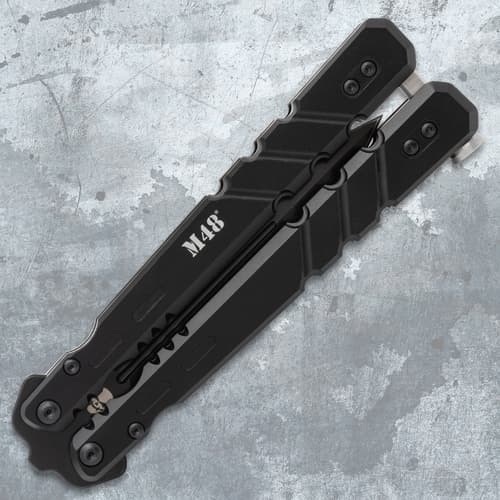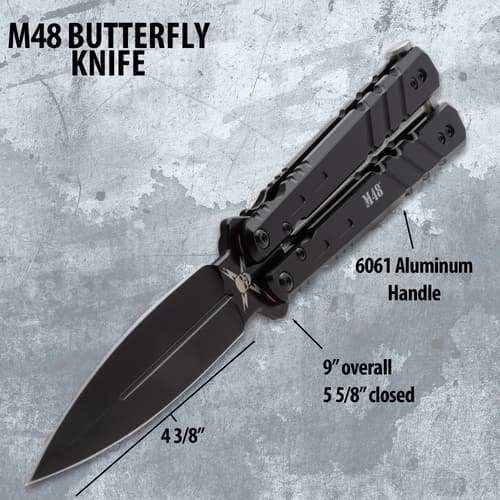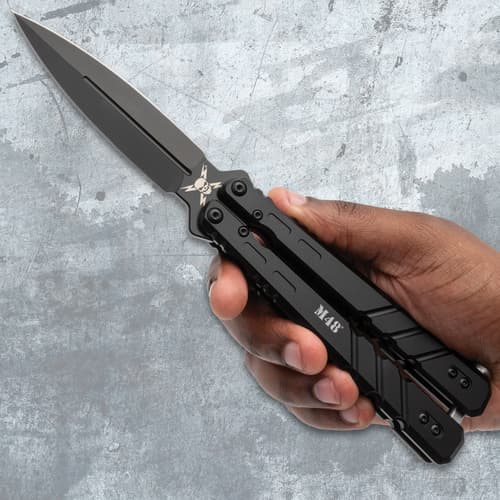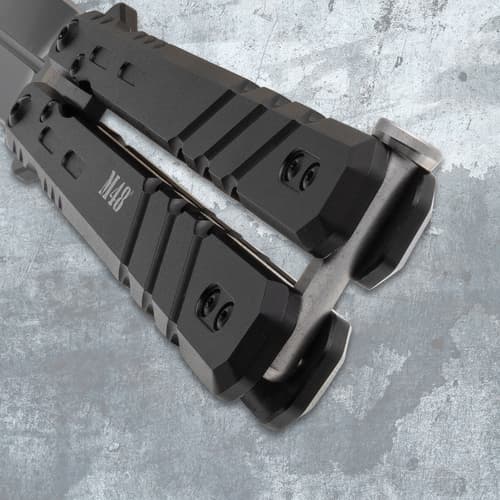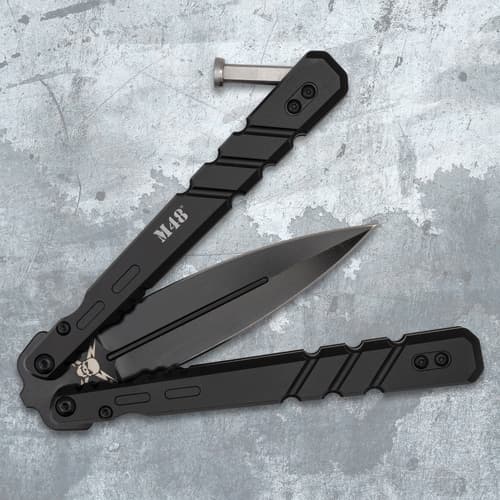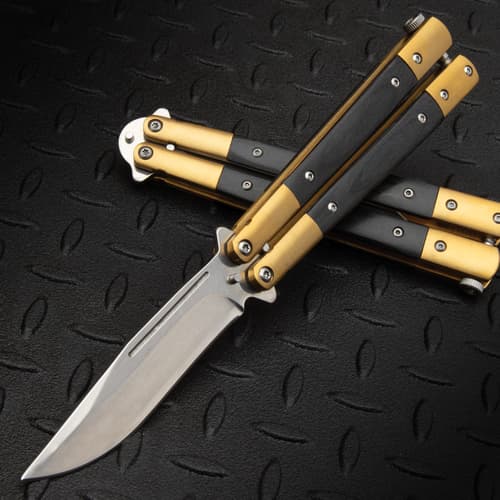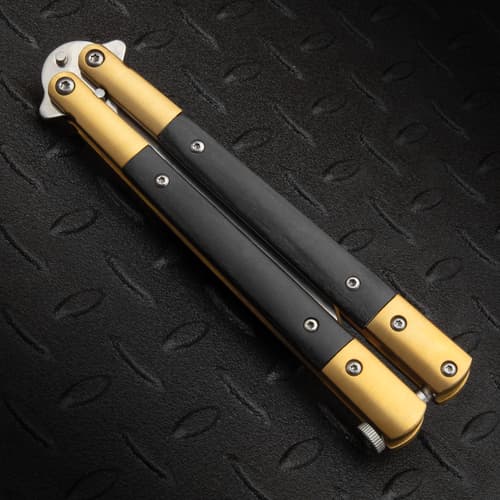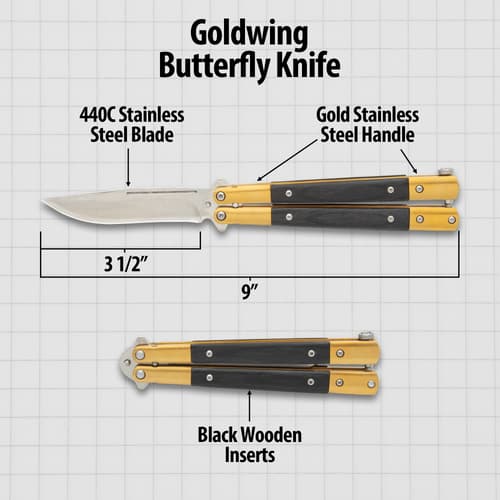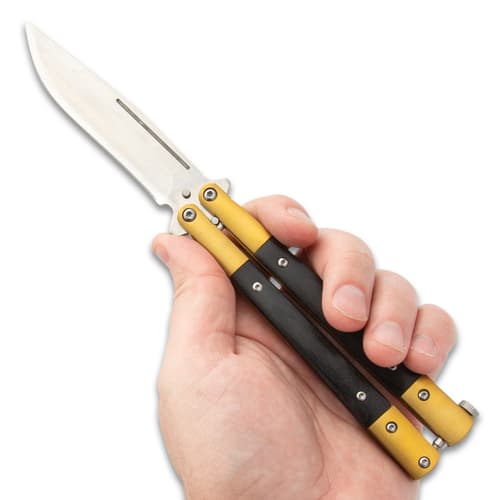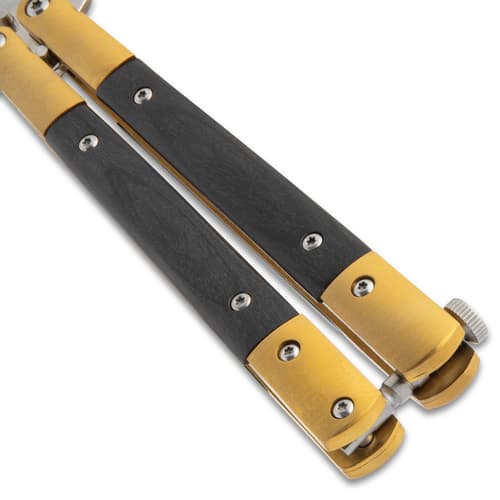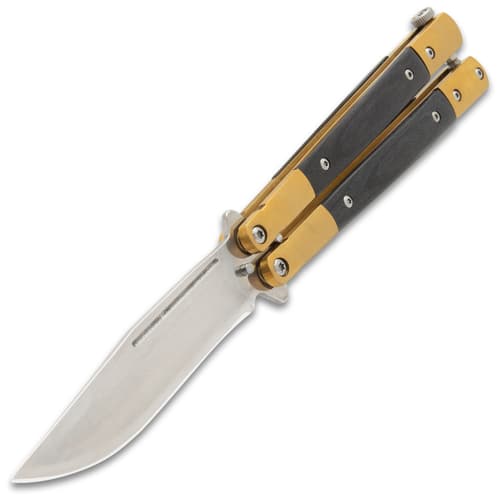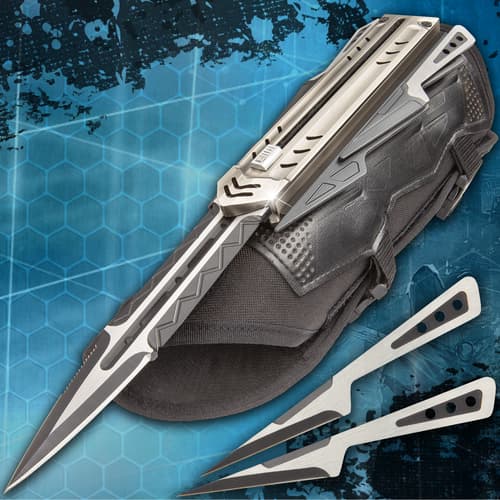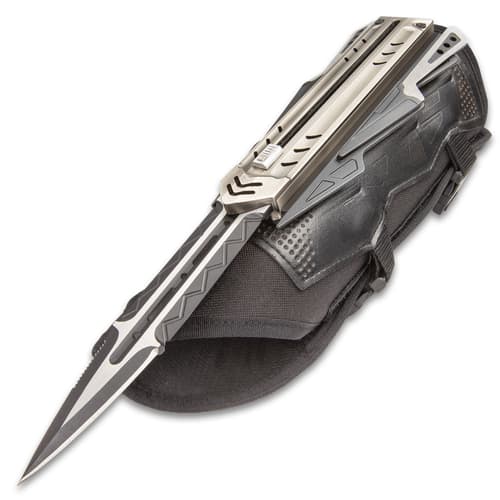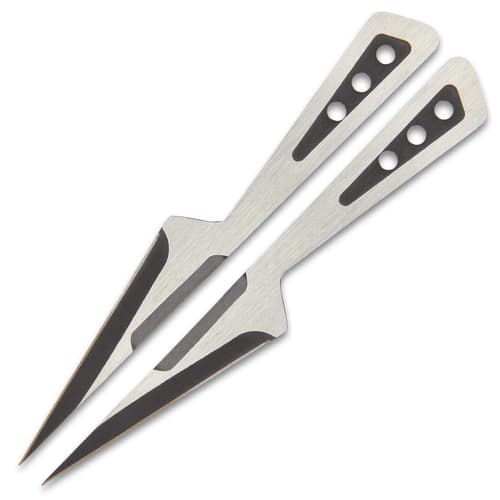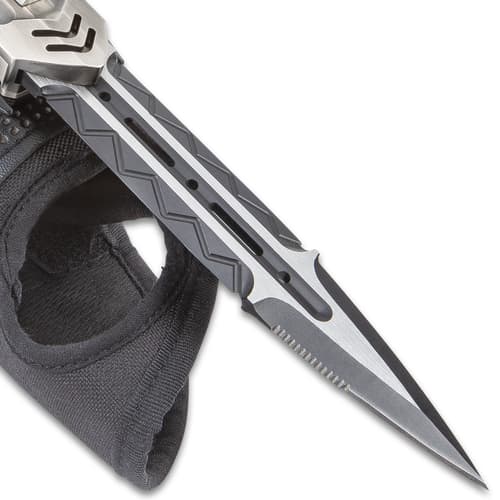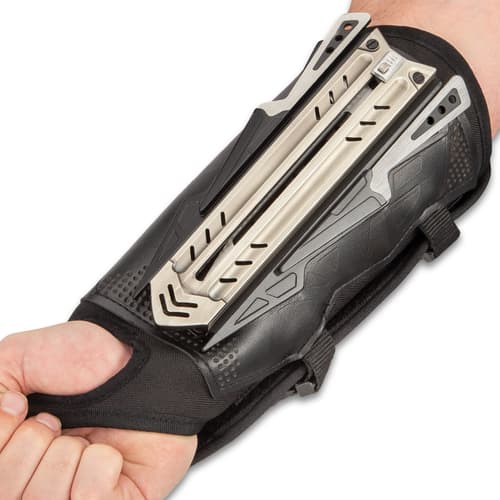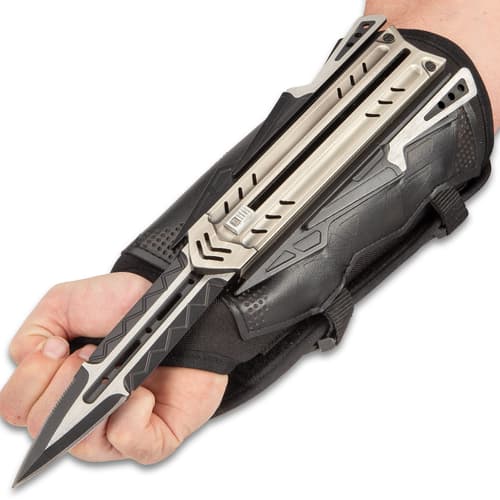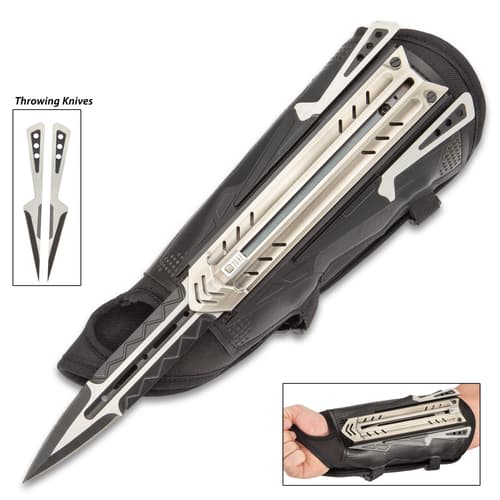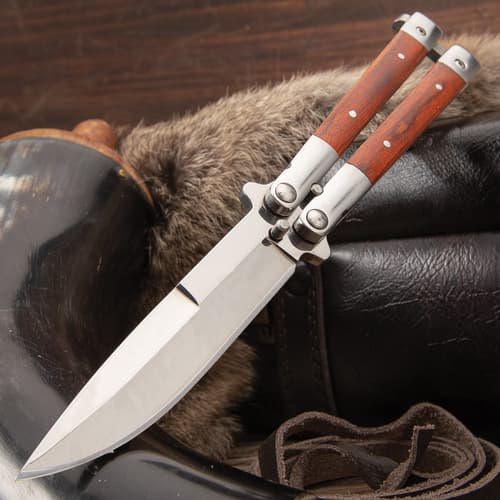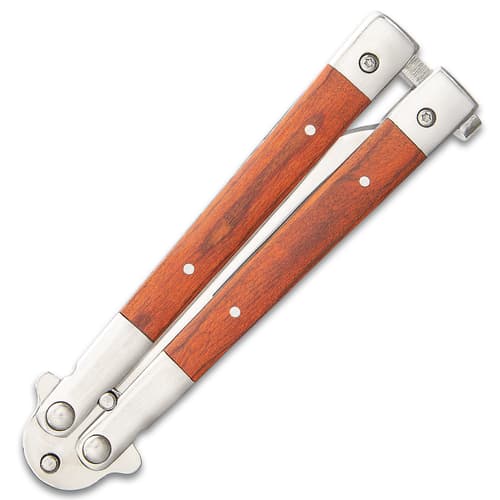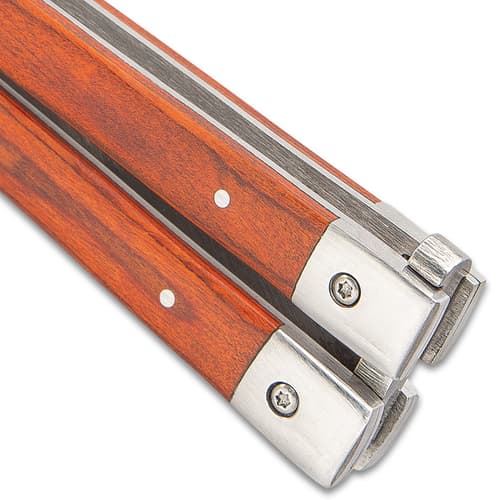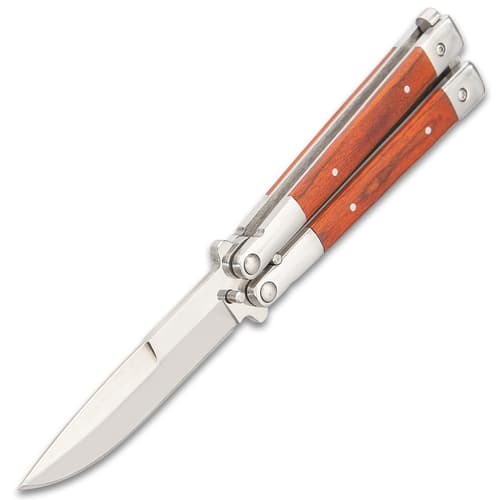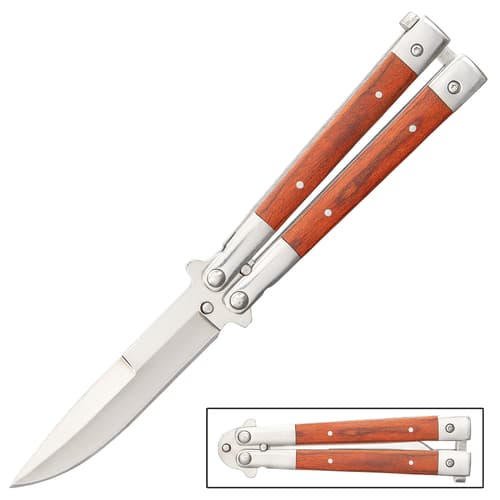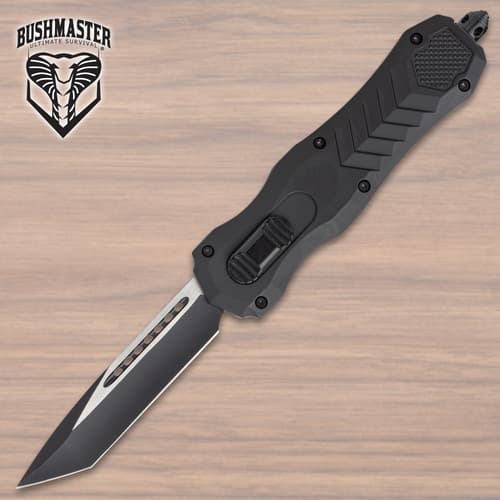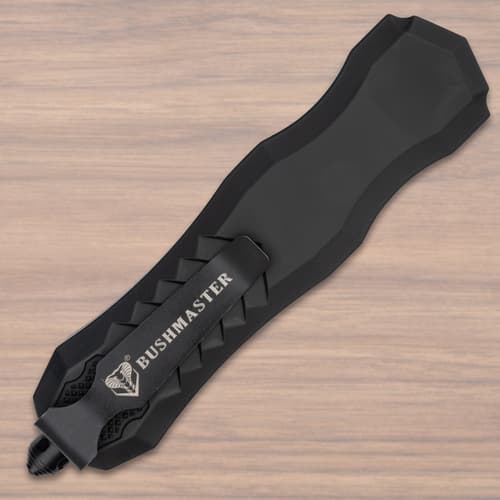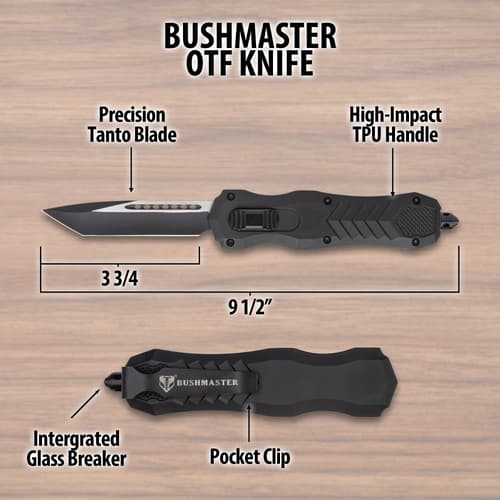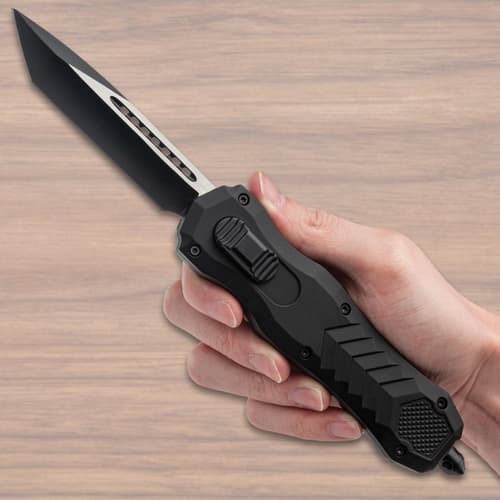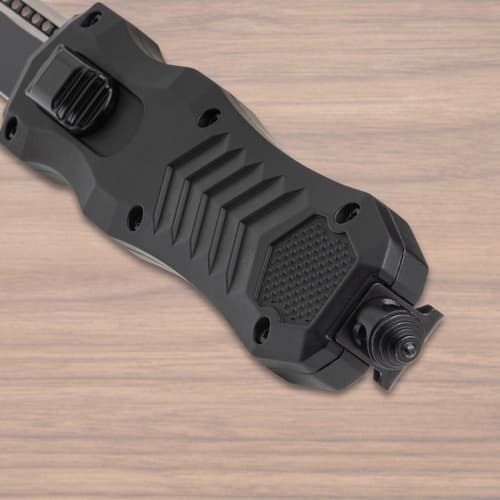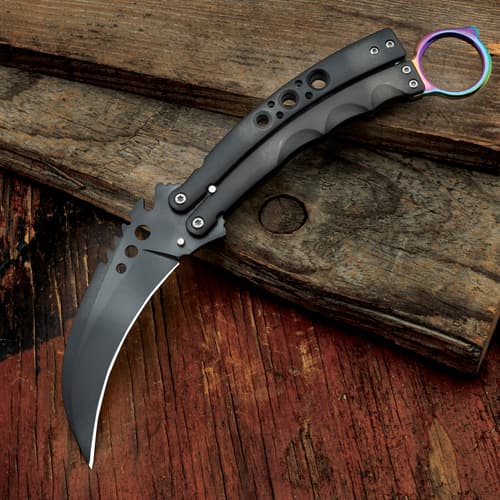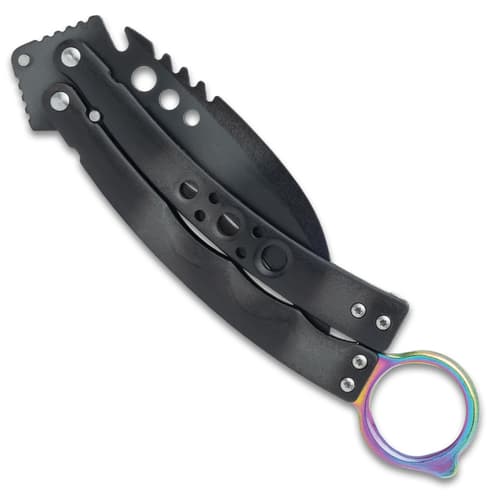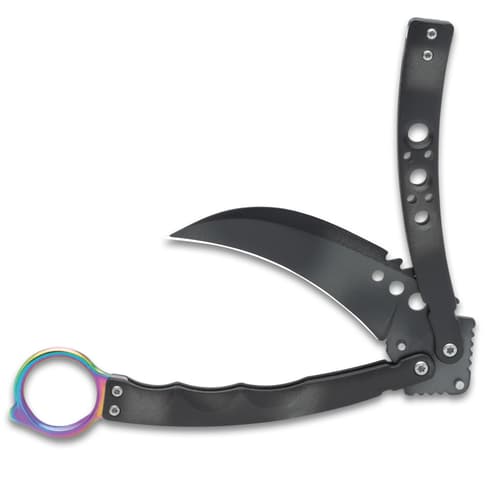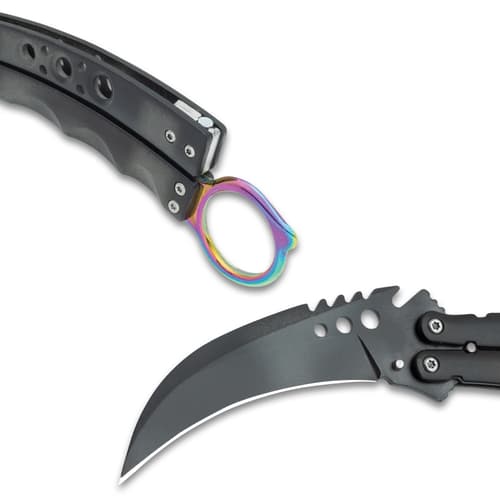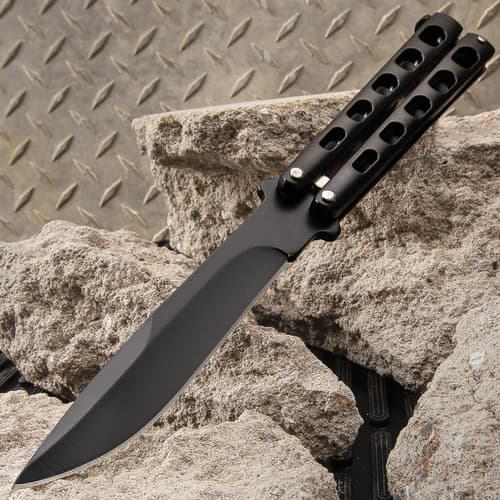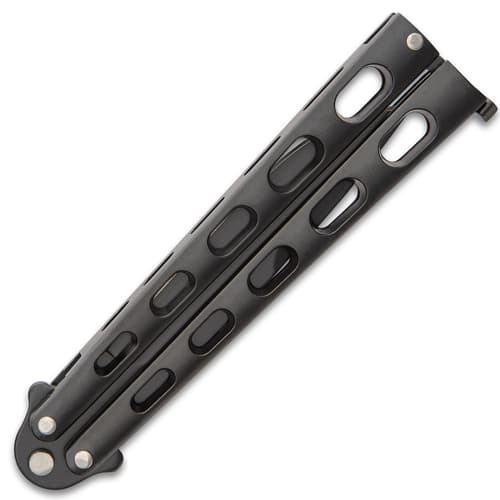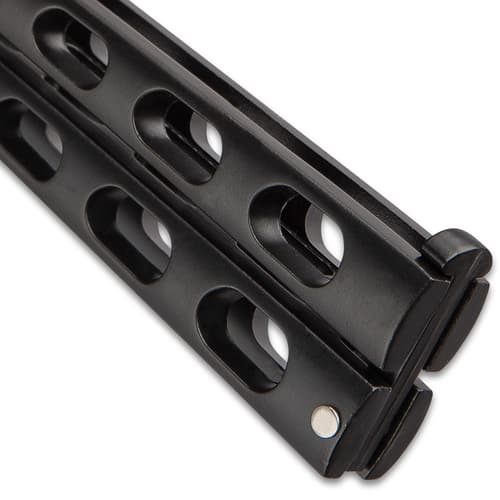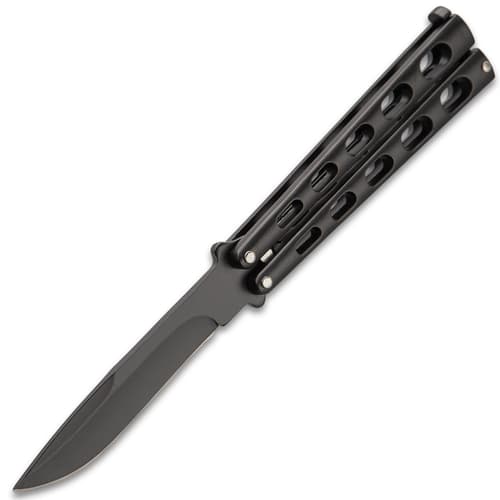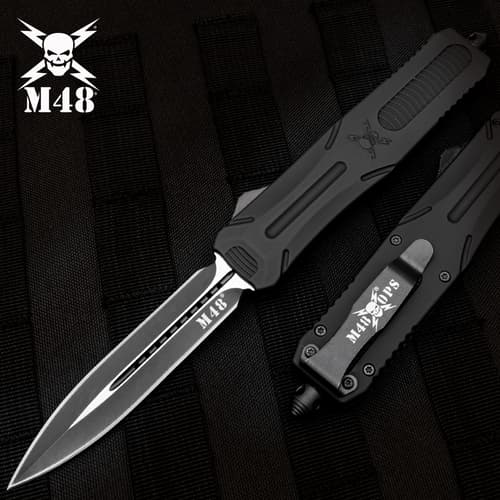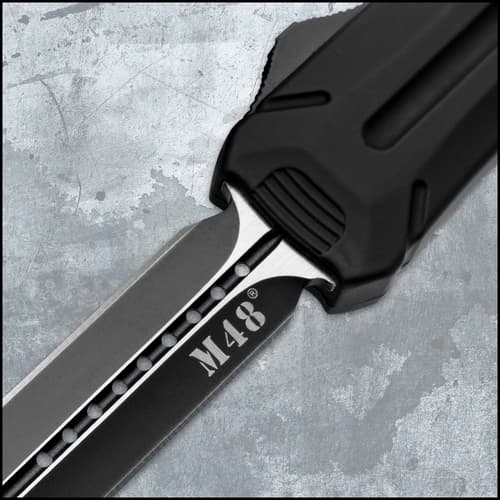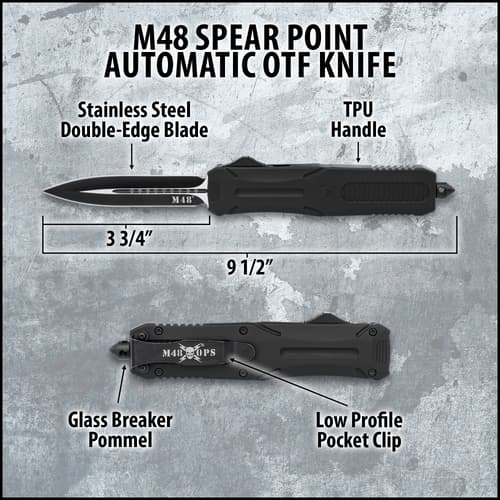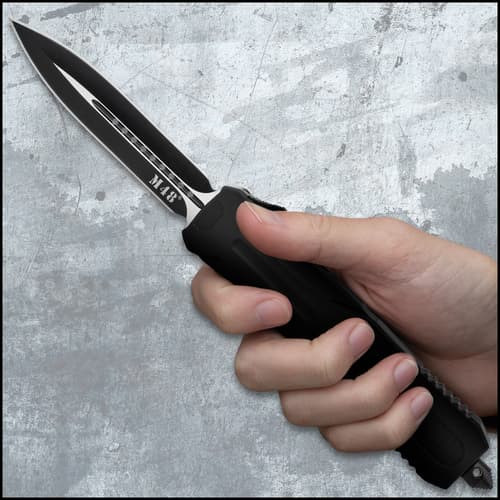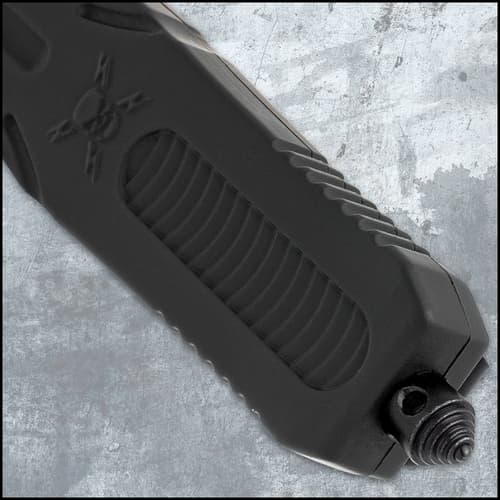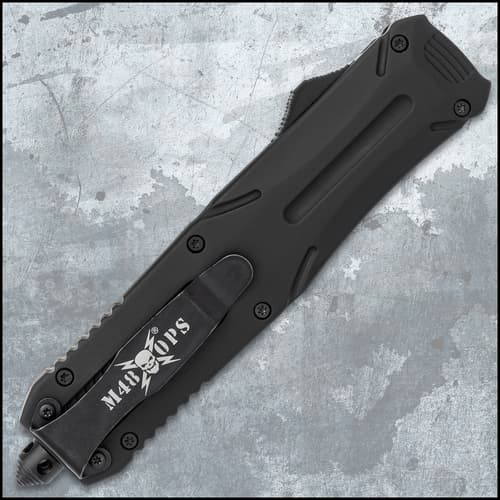Knives
107 Results
50276
Bushmaster Mamba OTF Knife
USD
1
Bushmaster
Knives
Pocket Knives
CL2
Category L2
39.99
48958
Rambo Last Blood Heartstopper Knife
USD
2
United Cutlery
Swords
Fantasy Swords
Film And Video Game Swords
CL1
Category
179.99
DOTF
Armed Force Tactical Automatic OTF Knife And Sheath - Stainless Steel Blade, Metal Handle, Slide Trigger - Length 9 3/4"
USD
3
BUDK
Knives
Pocket Knives
CL1
Category
69.99
KCLS
Kissing Crane Composite Stiletto Pocket Knife
USD
4
Kissing Crane
Knives
Pocket Knives
CL1
Category
51500
M48 Butterfly Knife - 7Cr17 Stainless Steel Blade, 6061 Aluminum Handles, Stainless Steel Latch - Closed 5 5/8"
USD
5
M48
Knives
Butterfly Knives
CL1
Category
89.99
BUKT
Butterfly Knife - 9 Inches Total Length
USD
6
BUDK
Knives
Butterfly Knives
CL1
Category
WHBK
Classic Butterfly Knife
USD
8
TrueSwords
Knives
Butterfly Knives
CL1
Category L1
22.99
$24.99
47325
Black Slotted Butterfly Knife
USD
11
TrueSwords
Knives
Butterfly Knives
CL1
Category L1
19.99
50889
M48 Spear Point Automatic OTF Knife | 3 3/4” stainless steel blade | TPU handle | 5 3/4” closed
USD
12
M48
Knives
Pocket Knives
CL1
Category
89.99
KNIVES FAQS
- What are the different types of knives?
Knives come in various types, including fixed-blade, folding, tactical, hunting, survival, and multi-tool knives. Each type is suited for specific tasks, such as outdoor activities or everyday carry. - What materials are used to make knives?
Knives are typically made with blades from stainless steel, carbon steel, or Damascus steel, offering different strengths and durability. Handles are made from materials like wood, G10, micarta, or aluminum, designed for comfort and grip. - What is the best knife for outdoor activities like camping or hiking?
For outdoor activities, choose a durable fixed-blade or folding knife with a sharp blade and a strong handle. Survival knives or multi-tool knives are also great options, offering versatility for cutting, food prep, and emergency situations. - How do I maintain and sharpen my knife?
To maintain your knife, regularly clean the blade, apply a light coat of oil to prevent rust, and sharpen it using a sharpening stone or knife sharpener. Proper care ensures longevity and sharpness for your blade.

